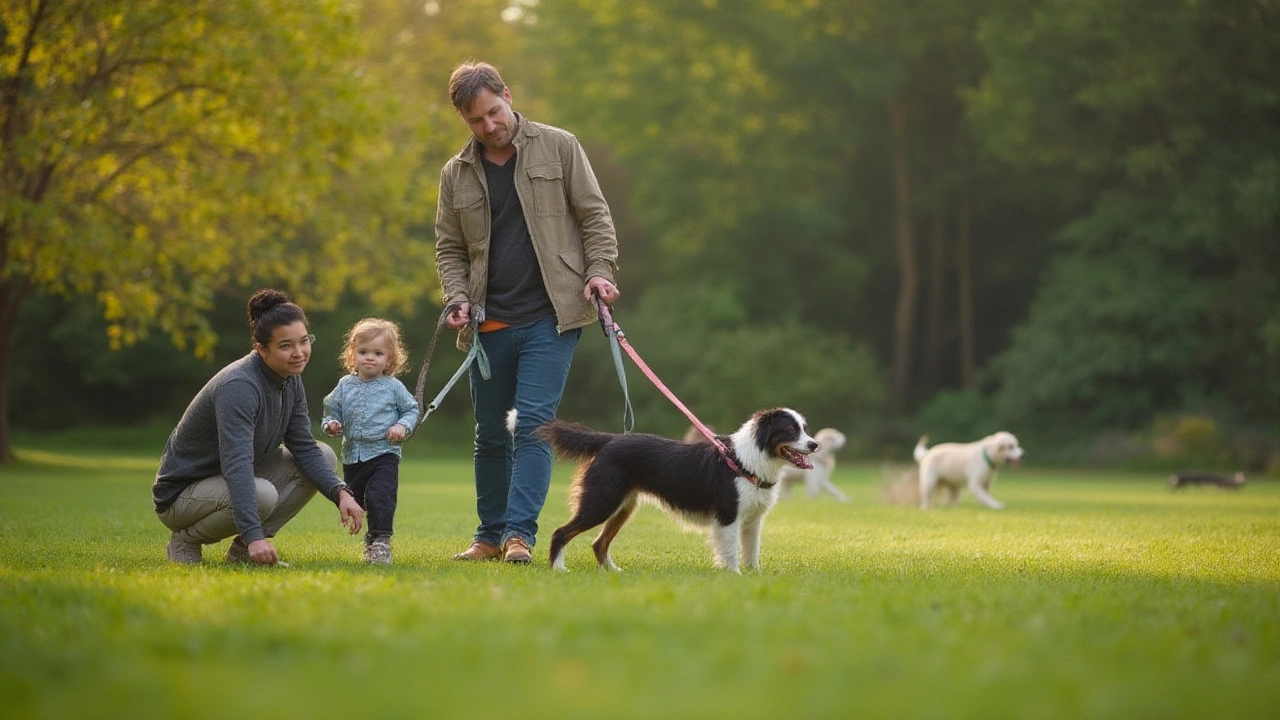Safe Dog Collars: How to Choose the Best Collar for Your Pup
When you put a collar on your dog, you want it to stay on, feel comfortable, and keep them safe. A safe collar isn’t just a fashion statement – it’s a basic piece of gear that can prevent choking, skin irritation, and accidents on walks.
First, think about the material. Nylon, leather, and soft rope are popular because they’re durable and gentle on the skin. If your dog has sensitive paws or allergies, look for hypo‑allergenic fabrics or padded options that won’t rub or cause sores.
Key Features of a Safe Collar
Fit is the most important factor. A collar should sit snugly but still allow two fingers to slide underneath. Too loose and it can slip off; too tight and it can choke. Many safe collars have a quick‑release buckle that lets you adjust the size in seconds, which is handy if your pup is growing.
Breakaway or safety release clasps are another must‑have for dogs that spend time off‑leash. These clasps snap open under pressure, stopping the collar from strangling if it gets caught on a fence or branch. For dogs that are trained not to pull, a standard buckle works fine, but always test the release mechanism before the walk.Reflective stitching or dimpling adds visibility at night without the need for a separate light‑up collar. It’s a low‑tech way to keep your dog seen by drivers and other walkers.
Tips for Proper Use
Never leave a collar on an unattended puppy. Their necks grow fast and a collar that fits today may become a choke hazard tomorrow. Check the fit weekly and after any weight change.
Keep the collar clean. Dirt and sweat can cause skin irritation. A quick hand‑wash with mild soap and a rinse will keep it fresh. If you use a leather collar, condition it every few weeks to avoid cracking.
When you’re at home, you might wonder if you should remove the collar at night. The short answer: if your dog sleeps comfortably with it on and the collar isn’t too tight, it’s fine. If you notice rubbing or your dog seems restless, give the neck a break and use a soft bandana instead.
Finally, match the collar with the right leash. A heavy steel leash on a thin nylon collar can stress the material. Pair a sturdy leather collar with a durable leash for the best combination of safety and comfort.
Choosing a safe dog collar is all about balance – comfort, durability, and a quick‑release option. Follow these simple checks and your pup will be ready for any adventure, and you’ll have one less thing to worry about.

Best Dog Training Collars: What the Pros Recommend in 2025
Looking for the best dog training collar? Trainers weigh in on expert picks, safety tips, and what really works for results in 2025.
View more